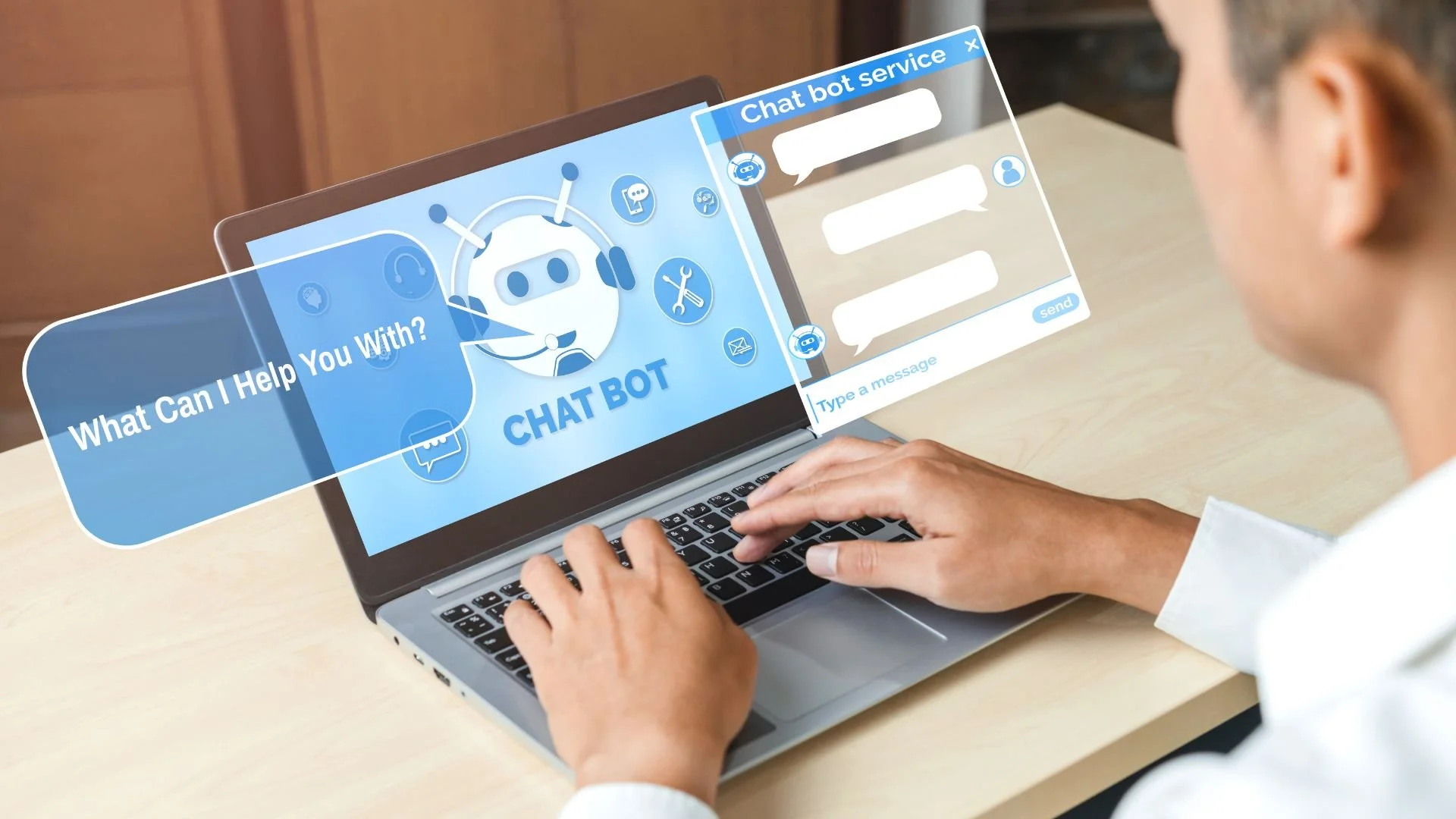The ChatGPT revolution: how it affects corporate training
ChatGPT has taken the world by storm! As an AI chat robot, it is revolutionizing our lives and even the way we conduct corporate training. But what exactly is ChatGPT, and how will it change the behaviour of enterprises? In this article, we will explore this topic and discuss the incredible benefits of using ChatGPT for corporate training. However, as with any technology, there are also potential downsides that businesses need to be aware of. So buckle up and get ready to discover the amazing possibilities of ChatGPT and how it can revolutionize corporate training – while also being mindful of any potential pitfalls.
What is ChatGPT?
ChatGPT (GPT = Generative Pre-trained Transformer) is an artificial intelligence chatbot. It can understand human language and integrate answers for users in an extremely short period of time from massive amounts of data according to different contexts and questions.
At present, well-known artificial intelligence chatbots include ChatGPT developed by Open AI, Google's LaMDA model, Microsoft's DialogGPT and Facebook's Blender.
ChatGPT Craze
In just two months, ChatGPT has gained more than 100 million users, surpassing Instagram which took two and a half years to reach the same milestone. Some even think that the convenience and ease of use of ChatGPT will eventually replace Google Search.
Source: BusinessDay News
Benefits of using ChatGPT for corporate training
Using ChatGPT for corporate training seems like a time- and labour-saving solution. Chatbots can provide a personalised learning experience, simulate real work scenarios, efficiently access and create shared knowledge bases, and help employees learn new languages.
Personalised training and learning
Just imagine that Steven has just joined a manufacturing company. He needs to receive different types of training, including understanding company rules and regulations, the use of new equipment, safety measures, etc. The company can then use ChatGPT to create a chatbot that interacts with Steven instantly, providing guidance and feedback. In this way, Steven can learn at his own pace and receive personalised guidance, making learning more attractive and effective, thereby improving learning and work efficiency.
Efficiently access and share knowledge
ChatGPT can help enterprises create a knowledge management system. It can quickly and efficiently store and retrieve information within the company, making it easier for colleagues to obtain relevant information and share knowledge to make better decisions, improve collaboration and increase productivity for the company.
Virtual training experience
In addition, ChatGPT can customize virtual training experiences for enterprises. By simulating real work scenarios, companies can provide employees with opportunities to practice in a safe environment, which is especially useful for industries where employees need to be trained on complex procedures or equipment, as it reduces the costs and risks associated with on-site training.
Learning and improving language skills
ChatGPT can also be used to create language learning tools to help employees learn new languages or improve language skills. Using ChatGPT to practice speaking and writing, employees can get instant feedback and improve their language skills faster.
Potential disadvantages of using ChatGPT for corporate training
As with any technology, there are potential downsides to using ChatGPT:
Limit human interaction
While ChatGPT can provide guidance and feedback, it cannot replace human interaction. Overreliance on chatbots can reduce employees' communication and social skills, limiting employees' ability to build relationships and foster collaboration.
Technology dependence
Overdependence on ChatGPT or chatbots can limit the learning and development of employees, leading to a negative impact on their work performance. For example, a company that invests heavily in a chatbot for customer service may find that employees become overly reliant on technology, leading to a decline in their problem-solving skills. This overreliance can ultimately harm the company's reputation, as employees may not be able to handle customer inquiries that fall outside the scope of the chatbot's capabilities. Additionally, technical issues or errors with the chatbot can cause further delays and frustration for customers. It is important for companies to strike a balance between leveraging technology for efficiency and ensuring that employees continue to learn and develop their skills.
The learning style is not suitable
Chatbots may not be able to meet the learning styles of all employees, as some may prefer an active learning style, where discussions, activities and games with trainers and peers can be held in workshops.
High development and maintenance costs
Using chatbots for corporate training involves a lot of time and resources, including development, maintenance, training and promotion of employee use. These can be costly, especially for small to mid-sized companies or those with a limited budget.
ChatGPT is a revolutionary technology that brings many benefits to corporate training. However, before a company implements it, its potential drawbacks and limitations, such as technology dependencies and high development costs, must be weighed against the pros and cons.
HumanBond’s Corporate Training
We strive to make learning fun and engaging, creating an environment that facilitates discussion and learning among colleagues. We aim to help participants deepen their understanding and memory of the topics covered and apply them to their daily work.
Our learning workshops are designed for employees to cultivate better relationships and collaborations through topics such as team building, upskills and collaboration.
Contact us to learn how we can tailor a workshop to meet your training needs and improve your team's relationships and performance.























